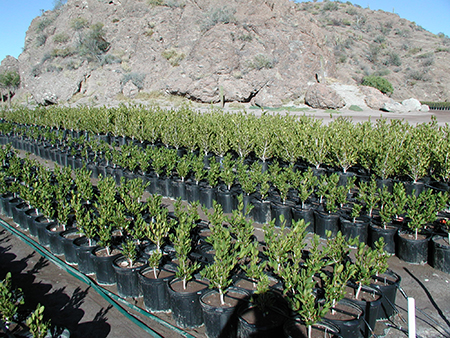Native Plant Conservation Campaign News: Landmark United Nations assessment urges “transformative” change to save biodiversity and humanity.
May 9, 2019
On May 4, the United Nations released the most comprehensive assessment ever of global biodiversity and ecosystem services.

As expected, the assessment reported that state of global biodiversity is dire and worsening. Further, the biodiversity crisis directly threatens humanity. It compromises human access to food, clean water and air, and speeds the spread of pests and disease.
The Report states:
- The Current global response to the biodiversity crisis is insufficient;
- Only ‘Transformative changes’ can restore and protect nature (the Report defines transformative change as a fundamental, system-wide reorganization across technological, economic and social factors, including paradigms, goals and values);
- The expected Opposition from vested interests can be overcome for the greater public good
Among the Report’s findings:
- Three-quarters of the land-based environment and about 66% of the marine environment have been significantly altered by human actions. On average these trends have been less severe or avoided in areas held or managed by Indigenous Peoples and Local Communities.
- Agricultural activities are significant contributors to emissions of greenhouse gases, accounting for roughly 25% of total emissions due to use of fertilizers and the destruction of areas such as tropical forests to grow crops and livestock.
- Land degradation has reduced the productivity of 23% of the global land surface, up to US$577 billion in annual global crops are at risk from pollinator loss
- 100-300 million people are at increased risk of floods and hurricanes because of loss of coastal habitats and protection.
- Urban areas have more than doubled in size since 1992.
- Plastic pollution has increased tenfold since 1980, 300-400 million tons of heavy metals, solvents, toxic sludge and other wastes from industrial facilities are dumped annually into the world’s waters, and fertilizers entering coastal ecosystems have produced more than 400 ocean ‘dead zones’, totalling more than 245,000 km2 (591-595) - a combined area greater than that of the United Kingdom.
- Negative trends in nature will continue to 2050 and beyond in all of the policy scenarios explored in the Report, except those that include “transformative change”
The Report presents a range of actions towards sustainability and pathways for achieving them.
The Ecological Society of America is urging the submission of op-eds or letters to the editor of your local newspaper about the Report. See the ESA Ecologists Guide to Policy, page 53 for tips on how to write an op-ed.
Read more
To learn more about the Ecosystem Services discussed in the Report, see the new Ecosystem Services section of the NPCC webpage
Photo (c) Emily B. Roberson: Restoration of coastal mangrove forests protects coasts from storms and erosion while supporting the recovery of fish populations